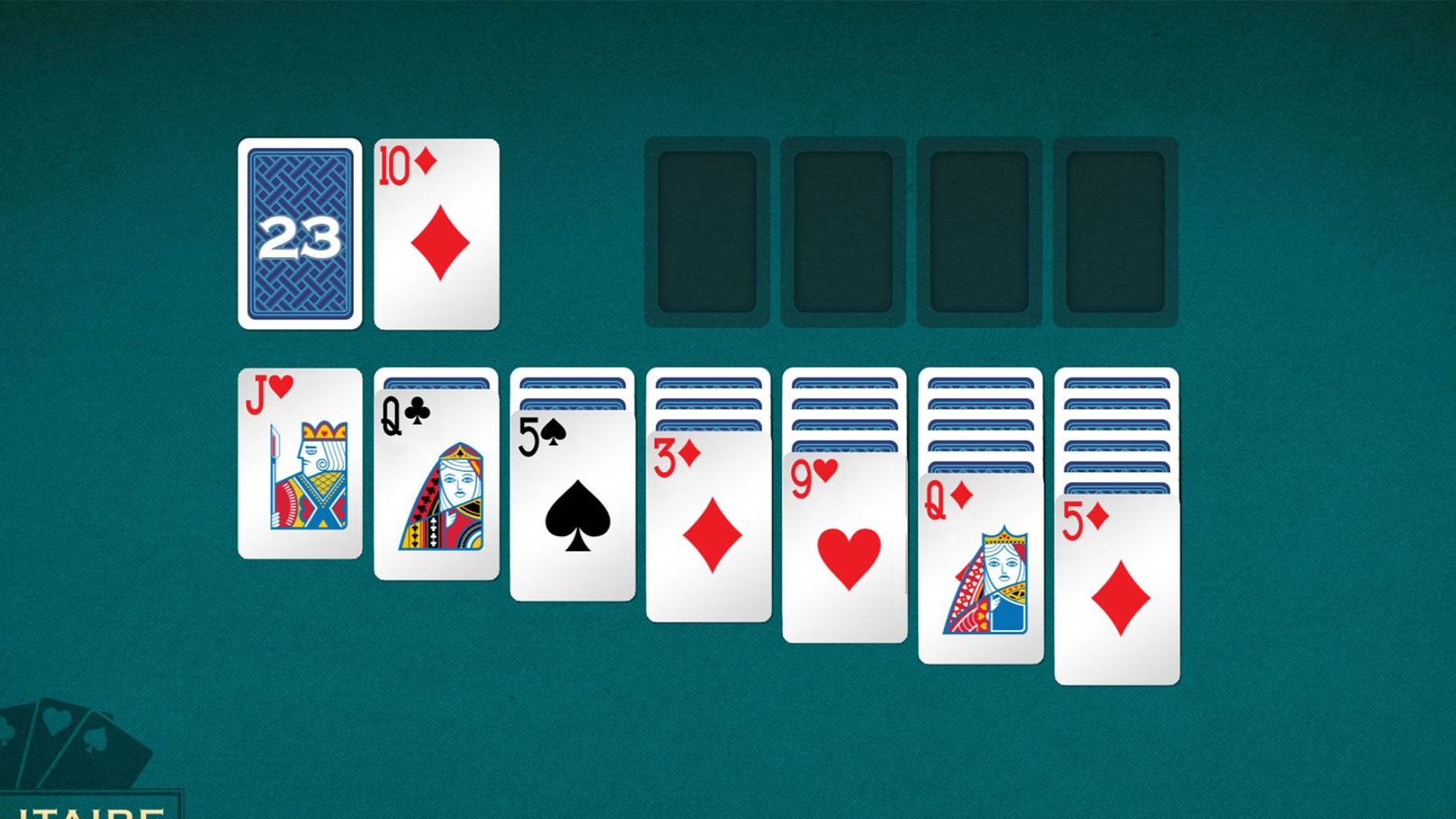
Master Solitaire: The Ultimate Solo Card Game Guide
Welcome to Roll Rush's complete guide to solitaire! Whether you're new to card games or looking to perfect your solo gaming skills, solitaire offers the perfect blend of strategy, patience, and satisfaction. Let's dive into everything you need to know about this timeless classic.
What Makes Solitaire Special?
Solitaire stands out as the ultimate solo card game experience. Unlike multiplayer games that require coordination with others, solitaire lets you play at your own pace, making it perfect for quick breaks or extended gaming sessions. The beauty lies in its simple concept yet engaging gameplay that keeps players coming back for more.
Game Objective: Your Path to Victory
Your mission in solitaire is straightforward yet challenging: move all 52 cards from the tableau to four foundation piles, organizing them by suit in ascending order from Ace to King. Success requires strategic thinking, careful planning, and sometimes a bit of luck with the cards you draw.
Essential Setup: Building Your Game Area
The Four Pile Types You Need to Know
The Tableau (Your Main Playing Field): Seven columns of cards form your primary workspace. Each column contains different numbers of cards, with only the top card of each pile face-up and available for play.
Foundation Piles (Your Victory Target): Four empty spaces where you'll build your winning sequences. Each foundation represents one suit (Hearts, Diamonds, Clubs, Spades) and must be built from Ace to King.
Stock Pile (Your Reserve Cards): The remaining cards after dealing the tableau become your stock pile. These cards provide new options when you're stuck with current moves.
Waste Pile (Your Discard Area): Cards from the stock that can't immediately be played go here face-up, creating additional strategic options for future moves.
Setting Up Your Game: Step-by-Step
- Create the Tableau: Deal seven piles from left to right
- First pile: 1 card face-up
- Second pile: 2 cards (1 face-down, 1 face-up)
- Continue this pattern through the seventh pile (6 face-down, 1 face-up)
- Form Your Stock: Place remaining cards face-down as your draw pile
- Prepare Foundations: Keep four empty spaces for your foundation piles
- Ready the Waste Pile: Keep one empty space for discarded cards
Core Gameplay Rules: Your Strategy Guide
Moving Cards in the Tableau
- Stack cards in descending order (King down to Ace)
- Alternate colors (red on black, black on red)
- Example: Place a red 6 on a black 7
Building Foundations
- Start each foundation with an Ace
- Build upward by suit (Ace, 2, 3... through King)
- Only move the top card from tableau or waste pile
Using the Stock Pile
- Draw three cards at a time to the waste pile
- Play the top waste pile card when possible
- Reshuffle waste pile back to stock when stock is empty
Special Moves
- Move Kings to empty tableau columns
- Transfer complete sequences between tableau piles
- Always look for foundation opportunities
Winning and Losing: Know When You've Succeeded
Victory Conditions: You win when all four foundations are complete (Ace through King of each suit). The satisfying moment when that final King finds its place makes all the strategic thinking worthwhile.
Game Over Scenarios: The game ends unsuccessfully when no legal moves remain and cards are still in play. Don't worry; this happens to everyone and provides valuable learning opportunities for future games.
Popular Solitaire Variations to Explore
Spider Solitaire
A more challenging variant using two decks and ten tableau columns. Perfect for players seeking increased difficulty and longer gameplay sessions.
FreeCell
Features four storage cells for strategic card placement. Nearly every deal is winnable with perfect play, making it ideal for players who enjoy puzzle-solving.
Pyramid Solitaire
Cards arranged in a pyramid formation where you remove pairs totaling 13. Offers a completely different strategic approach to traditional solitaire.
Klondike (Classic)
The traditional version most players know and love. This is the perfect starting point for new solitaire enthusiasts.
Advanced Strategy Tips for RollRush Players
Early Game Strategy
- Always move Aces to foundations immediately.
- Prioritize uncovering face-down cards.
- Create empty tableau columns when possible.
Mid-Game Tactics
- Plan moves several steps ahead.
- Don't rush to move cards to foundations.
- Keep flexibility in your tableau arrangements.
End-Game Excellence
- Count remaining cards carefully
- Look for forced sequences
- Stay patient with difficult positions
The Rich History Behind Your Favorite Game
Solitaire's journey began in 18th century Germany as a fortune-telling method before evolving into the strategic card game we know today. The game gained popularity across Europe, with Napoleon Bonaparte reportedly playing during his exile. French terminology like "tableau" (table) and "talon" (heel) still defines the game today.
The digital revolution brought solitaire to computers worldwide, making it one of the most played games in history. Today's online versions offer new features while maintaining the classic gameplay that has captivated players for centuries.
Ready to Start Your Solitaire Journey?
Solitaire offers endless entertainment whether you have five minutes or an entire afternoon. The combination of skill, strategy, and chance creates a uniquely satisfying gaming experience that grows more rewarding as your abilities improve.
At RollRush, we celebrate games that challenge your mind while providing relaxing entertainment. Solitaire perfectly embodies this philosophy – offering both the mental stimulation of strategic thinking and the peaceful satisfaction of organized card play.
Start with classic Klondike solitaire to master the fundamentals, then explore the many variations available. Each version offers unique challenges and strategic opportunities, ensuring your solitaire experience never grows stale.
Remember: every solitaire expert started with their first game. The key is patience, practice, and enjoying the journey toward mastery. Happy gaming, RollRush players!